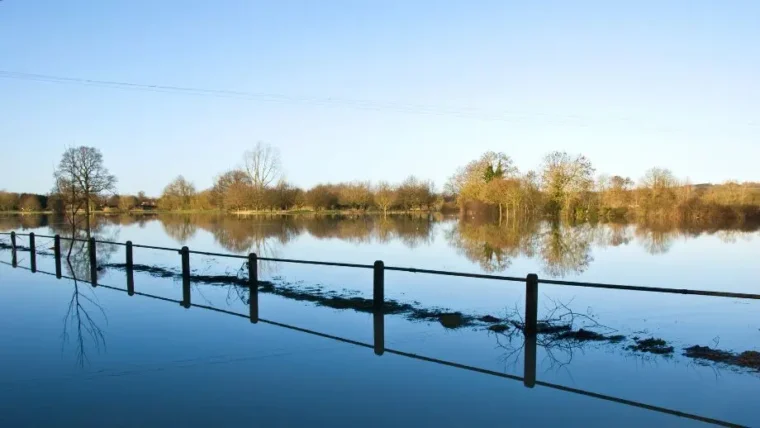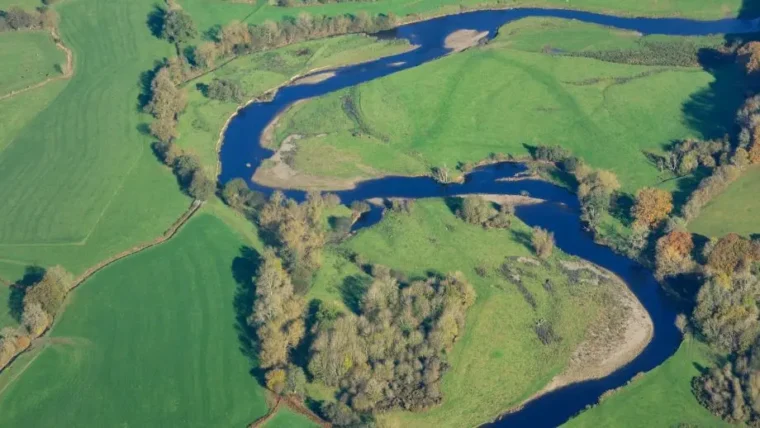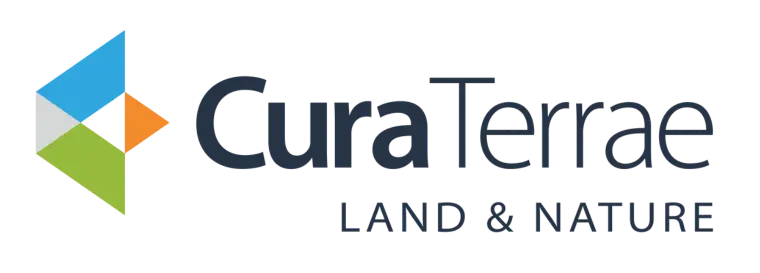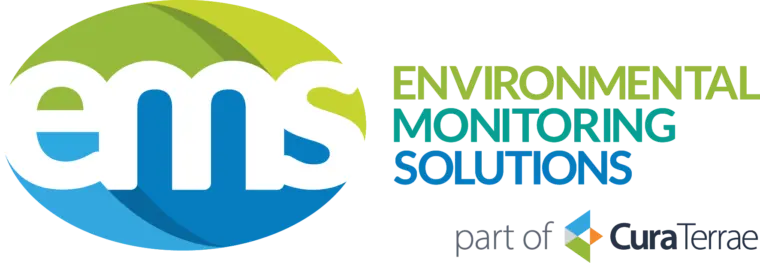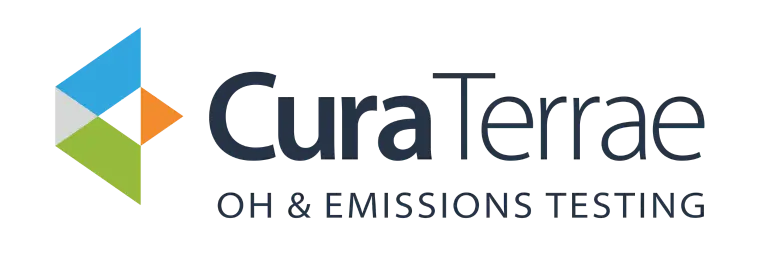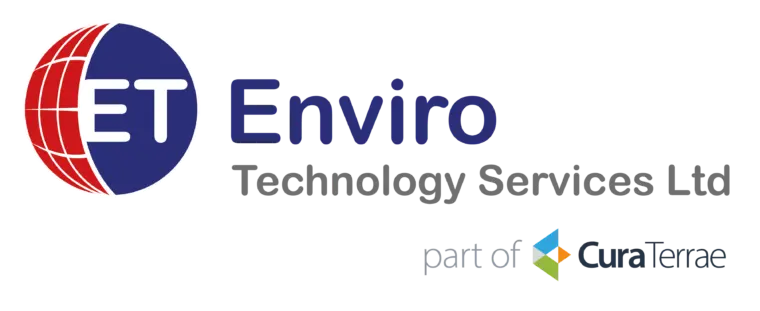Fortnightly Bulletin – 21st October 2024
22 October 2024
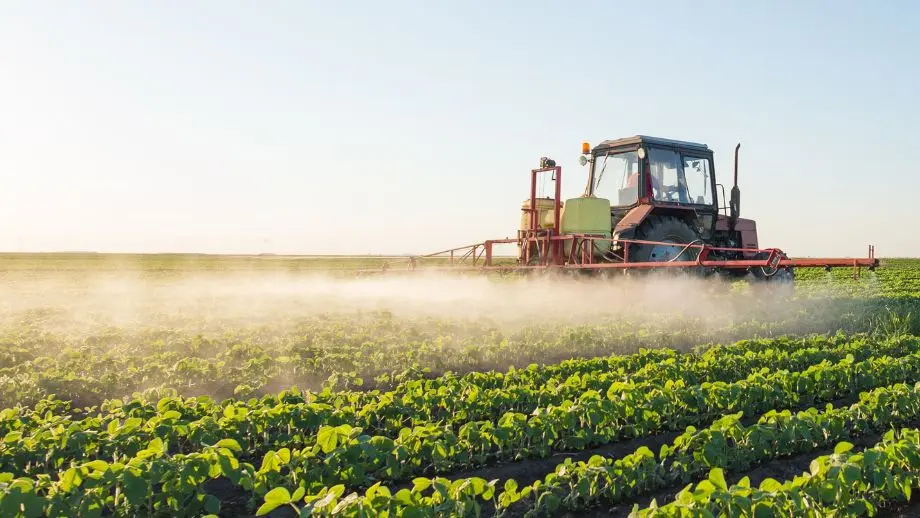
Guidance
Treating small volumes of contaminated soil and groundwater: RPS 215
This Regulatory Position Statement (RPS) does not change your legal requirement to have an environmental permit to treat contaminated soil and groundwater, and temporarily store the waste, when this is a:
- waste operation,
- groundwater activity (unless a registered exemption or exclusion applies).
However, the Environment Agency (EA) will not normally take enforcement action if you do not comply with these legal requirements provided that your activity meets the description set out in this RPS, and you comply with the conditions set out in this RPS. In addition, your activity must not cause (or be likely to cause) pollution of the environment, or harm to human health.
This RPS applies when you carry out time limited, small scale:
- remediation of soil and groundwater for pollution incidents or historic land contamination,
- site-specific remediation trials to find out if a technique will be effective.
A site-specific remediation trial means using one or more of the established techniques given in this RPS to see if the type of treatment will work on a particular waste or site.
Small scale means the specified volumes given in this RPS.
Storing waste
You must store the contaminated soil or groundwater in a secure place, and store all liquid waste in containers and use secondary containment.
You must notify by email your local EA’s Groundwater and Contaminated Land team at least five working days before any work starts with these details:
You must produce and follow a method statement referring to the RPS.
Restrictions under this RPS
You must not:
- treat more than 1,000 cubic metres of soil and or groundwater in total,
- re-deposit treated soils,
- discharge the treated groundwater back to the ground, groundwater or surface water,
- import or treat imported waste,
- store waste for more than 12 months.
The EA intends to review this RPS by the 31st of October 2027.
The EA can withdraw or amend this regulatory position before the review date if they consider it necessary. This includes where the activity that this RPS relates to has not changed.
Source: Gov.UK
For the full guidance, click here.
Hydrogen combustion: comply with emission limit values
The EA has published a guidance how to comply with Emission Limit Values (ELVs) for hydrogen combustion plant greater than one megawatt thermal input (MWth).
The guidance is for emerging techniques for combustion plant within the scope of the:
- Industrial Emission Directive (IED)
- Best Available Techniques (BAT) reference (BREF) documents
- Medium Combustion Plant Directive (MCPD).
This guidance has been developed as there are no ELVs for hydrogen combustion in the legislation.
Source: Gov.UK
For the full guidance, click here.
Single-use plastics bans and restrictions – updates
The Department for Environment, Food and Rural Affairs (DEFRA) has updated the guidance to include a description of what DEFRA mean by single use and reusable, and some examples of reusable plastic items. The guidance has also been updated with heading on ‘Banned items’ and ‘Restricted items’. The guidance includes a link to the local council postcode finder, for people looking to report businesses breaking the law.
Source: Gov.UK
For the full guidance, click here.
SR2023 No 1: capture, treatment and storage of biogas from lagoons and tanks
The EA has made changes to Standard Rules 2023 No 1.
The introductory note added the first bullet ‘receive and store biowastes in an engineered lagoon or tank’.
In Table 2.1 ‘storage’ was added under ‘limits of specified activity’ permitted wastes and ‘storage of raw material and waste generated on site’ removed diesel.
In Table 2.3 waste code and description sub-chapters was added.
For Section 2.4 Operating techniques: technique 2 clarified (a), technique 9 clarified (b), technique 12 clarified all.
In Section 3.1 Emissions to air, changed 3.1.1 to ‘There shall be no point source emissions to air, water, or land’.
Source: Gov.UK
For the full guidance, click here
Articles of Interest
Burning rubbish now UK’s dirtiest form of power
The BBC examined five years of data from across the country and found that the burning of household rubbish in giant incinerators to make electricity is now the dirtiest way the UK generates power.
Incinerating household rubbish, especially plastics, is now considered the dirtiest way to generate power in the UK, producing greenhouse gases at levels comparable to coal power.
Nearly half of the UK’s household waste is incinerated, with the number of incinerators rising significantly in recent years. This shift was initially driven by the need to reduce landfill use and associated greenhouse gas emissions.
The composition of waste being incinerated has changed, with more plastics being burned. This is particularly concerning as burning plastic is highly polluting.
There have been calls for a ban on new incinerators, and some regions like Wales and Scotland have already implemented such bans. However, the UK government has yet to take a definitive stance on the issue.
Only a few incinerators have plans to capture their emissions, and the effectiveness of these measures is still limited.
Without significant changes, the use of incinerators is expected to grow, potentially increasing their environmental impact. This situation underscores the need for a comprehensive review of waste management practices and the exploration of more sustainable alternatives.
Source: BBC
For the full article, click here
CIWM responds to BBC study on recycling rates and waste incineration
The Chartered Institution of Waste Management (CIWM) has provided a detailed response to the BBC study on recycling rates and energy from waste incineration. Here are some key points from their response:
The recycling and waste sector has reduced its overall emissions by 46% since 1990, making it the third biggest proportionate reduction of any sector. Currently, it produces 8% of total UK greenhouse gas emissions.
Energy from Waste (EfW) is a crucial part of the UK’s recycling and waste management services, treating over 14 million tonnes of residual waste annually. This technology has significantly reduced carbon emissions by moving away from landfill disposal.
The primary function of recycling, waste, and resource management services is to manage, treat, and dispose of society’s waste to protect human health and the environment. UK households and businesses produce 66 million tonnes of waste each year.
EfW facilities are designed as a transition technology with an operational life of 25-30 years, allowing time for regulatory and market developments to enhance waste prevention and recycling measures.
The sector aims to achieve net zero carbon emissions by 2040. This includes removing fossil fuel packaging from EfW inputs, improving plant efficiency, and implementing carbon capture, utilisation, and storage.
CIWM emphasizes the need for UK governments, local authorities, and the waste sector to work together to implement regulatory and financial mechanisms. These include Extended Producer Responsibility, Consistent Recycling collections, Plastics Packaging Tax, and the Emissions Trading.
Source: CIWM
For the full article, click here
M&S uses drones and robot tractors to cut carbon emissions in autonomous farming
Marks & Spencer (M&S) has started to use drones and robot tractors in an autonomous field farming trial, to cut carbon emissions in its parsnips at a site in Yorkshire. The M&S chain claims to be the first UK retailer to trial the method in an attempt to both improve crop quality and drive down carbon emissions. The first autonomously farmed vegetables are set to be in store from November.
Two robots are used for bed forming, weeding, and planting, while two types of drones are used to maintain and monitor crop health.
The new approach keeps carbon locked in the soil and uses a green fertiliser and new technology that uses significantly less diesel than a traditional tractor. The new technology helps improve the quality and quantity of crop yields according to M&S.
This is the first M&S food project paid for by its sustainability programme ‘Plan A’s accelerator fund’, which was rolled out earlier this year. M&S said that it is “to take rapid action towards net zero through a series of innovation projects”.
Source: Grocery Gazette
For the full article, click here
Flux tower will see how much carbon gets stored in new saltmarsh
The EA have installed a new flux monitoring tower at Arne Moor in Dorset, and the tower joins a growing network of towers in saltmarshes across England.
The flux tower provides a measure of how much carbon dioxide (CO2) has been taken up by the saltmarsh, and how it changes over time.
The tower at Arne Moor will be the first to monitor what happens to carbon within a habitat as it changes from dry land to a salty wet intertidal habitat when the existing flood embankment is breached as part of the Moors at Arne project.
Dr Ben Green of the EA’s Estuaries and Coasts Planning team said “The Arne Moor flux tower is the latest piece in the puzzle to better understand the ability of saltmarshes to store carbon. This is a perfect opportunity for us to chart the benefits for a new saltmarsh from its creation.”
Saltmarshes are not just credited with being excellent carbon sponges, they are also habitat for wildlife and protect people and property from flooding.
The flux towers will take continuous measurements of CO2 in the atmosphere and its exchange with the saltmarsh’s surface to see if a site is a carbon sink and captures carbon or if it emits CO2.
The saltmarsh flux tower project is a collaboration with the UK Centre for Ecology & Hydrology (UKCEH) and funded by the DEFRA marine Nature Capital and Ecosystem Assessment (mNCEA) programme.
Source: GOV.UK
For the full article, click here.
Enforcement action
Man ordered to clear illegal waste site
A Teesside man appeared in court for operating an illegal waste site on unregistered land, burning it and ignoring warnings from the EA to stop. The man had appeared at Teesside Magistrates Court last month for sentencing and having previously denied the allegation, changed his plea to guilty to three offences of operating a waste site without an environmental permit. The man was fined £648 and will pay a victim surcharge of £259 and a remediation order was made for the man to clear the site of all waste.
Source: GOV.UK
For the full article, click here
Events
Waste Documentation Training Course
Delivered in-house at customer sites or remotely over half a day.
EMS provide training for those responsible for managing waste and completing waste documentation.
The course highlights are:
- Understand waste management.
- Get an appreciation for Duty of Care and how it applies to you.
- Complete paperwork correctly.
- Know exactly what paperwork you need to complete and how.
- Use your own documentation.
- This course can be tailored to your procedures.
The course topics are:
- What is waste?
- Legal requirements of waste management.
- Understanding waste documentation.
- Knowing when to use waste documentation.
- How to complete waste documentation.
Source: em-solutions.co.uk
Unblocktober – Save our sewers and sea
Unblocktober is the world’s first month-long national campaign and awareness month to improve the health of our drains, sewers, watercourses, and seas driven completely by the British public.
Unblocktober was first launched in 2019 where 4,500 Britons across the UK pledge to change their kitchen and bathroom habits at home and at work. This rose to more than 66,000 in 2022.
The reason for Unblocktober is that for many decades people have adopted habits at home that have caused our surroundings, watercourses, and rivers severe distress. Millions upon millions have put dangerous liquids and items into drainage systems and sewers that lead to untold damage to the environment.
When sewers and drains get blocked, it can cause any of the following problems: –
- Foul waste flooding
- Pollution
- Excavation and repair, causing roadworks.
The improper waste disposal can also lead to plastic pollution of the following items: –
- Nappies
- Condoms
- Cotton buds
- Contact lenses
- Bandages and plasters
- Dental floss
- Razor blades
- Facemasks
- Disposable gloves
- Cooking oil
- Food
- Butter
- Margarine
- Lard
- Cooking sauce
- Wet wipes
- Period products – tampons, applicator, and wrappers
- Sanitary/menstrual pads and towels.
How to get involved is by you, family, and friends to commit to stop pouring or flushing items down the drains which are not to be meant to be there.


